Food and Wine Pairing Basics

- I had a delightful chat, earlier in the week, with a lady who was looking to buy some glasses, as a birthday present for her son. As the conversation went on it transpired that he was the MD of a beautiful hotel with a Michelin starred restaurant, has won numerous, prestigious awards for food and wine pairing and has been inducted into the Academy of Food and Wine Hall of Fame!
- Truly a man who knows his stuff. I won’t tell you what his birthday present ended up being, but I later found an interview with him on food and wine matching and it inspired me to pass on a few thoughts.

Andi Healey
Web Manager
Introduction
I have been known, when dining out, to choose the wine first and then decide what to eat based on that (mind you I’ve also been known to choose the wine depending on the shape of the glasses, but I am a bit of a wine glass geek!). I think that finding a great food and wine pairing is one of those truly joyful moments in life that can elevate a meal from good to great; and if it’s one you have arrived at yourself, after perusing the menu and the wine list, then you get an added soupçon of smugness to top it off.
A lot of it is common sense. You would probably no more think of drinking a crisp pinot grigio with a hearty beef stew or a full-bodied malbec with a delicate crab salad than I would, but some matches are not so obvious. Do you always need to drink red wine with meat and white wine with fish? Not these days, you don’t.
Balance
The main thing to remember is, it’s all about balance. The balance of flavours, body and alcohol is key. Think of wine as a sauce. You probably wouldn’t drizzle a rich, meat gravy over a fillet of lemon sole, because the boldness of the sauce would overpower the delicacy of the fish. Similarly, a delicate herby white wine sauce would be lost on a thick piece of steak, because the richness of the fat and seared meat would overpower the delicate flavours. Match full-bodied wines, with relatively high alcohol to full-flavoured dishes; lighter, less alcoholic styles, suit more subtle flavours, like I said, common sense!
Before we get on to breaking down the actual various tastes that we humans can identify (we’ll do that next week), let’s take a bit of an overview.
It's about the way it's cooked
Think of chicken for a start. There’s a world of difference between chicken in a creamy mushroom sauce, a coq au vin and a Thai green chicken curry. I’d match the creaminess of the mushroom sauce with a smooth dry white like chenin blanc or an unoaked chardonnay, a coq au vin with a similar wine to the one used to cook it (traditionally red burgundy) and a Thai curry with an aromatic white wine like a pinot gris or a riesling.
The same applies to ingredients like salmon and pasta (it’s all about the sauce, not the pasta shape).
Is it a light dish or a more intensely flavoured one?
This is more useful than is it fish or meat? Fish can be quite robustly cooked - in a fish stew or barbecued, for example. Meat dishes, like steak tartare, can be quite light. So it’s more a question of pairing light-bodied wines with raw or lightly cooked dishes and full-bodied wines with more intensely flavoured ones like roast or grilled food. So you can (and should) get away with pairing a seared tuna steak with a red. Similarly, “meaty” fish, like swordfish or monkfish, or stronger “fishy” fish like halibut or turbot pair beautifully with Pinot Noir, Burgundy or Merlot.
What else is on the plate or the table?
An ingredient rarely appears on its own. As well as the sauce there are also vegetables and salads to consider. A strongly flavoured side such as roasted peppers or red cabbage can affect your pairing.
Also, many meals consist of several different courses at the same time (tapas, meze etc.)- what are you to drink with them? Trickier, but versatile wines you might want to look out for are Austria’s grüner veltliner and Hungary’s furmint (both white), Provencal rosé (a personal favourite) and lighter reds such as beaujolais and pinot noir.
What else is on the plate or the table?
A terroir-based pairing, if you like. There’s a saying in wine circles ‘if it grows together it goes together’ It’s a very romantic idea; the notion that wines made in a particular region will go spectacularly well with ingredients grown in, or dishes unique to, the same place.
While this rule certainly isn’t a bad place to start (sangiovese or nebbiolo with pizza, Burgundy or pinot noir with duck, Rioja with lamb and grüner veltliner with schnitzel, mmm.. my mouth’s watering now) it doesn’t help much when pairing with foods from non-traditional winemaking countries.
- The good news is that whether you’re experimenting with Korean kimchi, Lebanese tagines, Vietnamese cuisine or Peruvian ceviche the basic rules of balancing flavours remain the same, so have fun by experimenting. Having said that, there’s a lot to be said for the dictum ‘if it ain’t broke don’t fix it'.
Starting with the basics
There have been millions of words written about wine and food matching, some more bizarre and nonsensical than others, so I’ll try to keep it short and sweet (or sour, or salty, or acidic….)
What else is on the plate or the table?
- The wine should have more acid than the food
- The wine should be sweeter than the food
- The wine should have the same flavour intensity as the food
- Red wines pair best with strongly flavoured meats
- White wines pair best with lighter meats
- Bitter wines create a nice balance with fat
- It’s better to match the wine with the sauce than with the meat
- White, Sparkling and Rose wines usually create contrasting pairings
- Red wines usually create harmonious pairings
We now know that there are over 20 different tastes that we can identify in food – from the basic, including sweet, sour and fat, to the extreme, including spicy, umami and electric! Fortunately you only need to focus on 6 tastes when pairing food and wine: Salt, Acid, Sweet, Bitter, Fat and Spice.
Harmony and contrast
Probably the first thing to think about is whether you are after a harmonious or a contrasting pairing, then either look for a wine that tastes similar to your selected meal (harmony) or one that is the exact opposite (contrast). For instance, a cream sauce, which is mostly sweet and fat, will create a nice contrast with wine that has a slightly pronounced acidity, such as a Sauvignon Blanc. On the other hand, a creamy Chardonnay with lower acidity will create a pairing that is harmonious. In the end, they both give good balance and can be equally delicious, depending on your personal taste.
- Sauvignon Blanc is light-bodied, but it has higher acidity
- Chardonnay has more body, but it’s usually not too acidic
- Pinot Noir is lighter bodied (for a red wine) and it doesn’t have too much tannin (bitterness).
- Cabernet Sauvignon is more full-bodied and has high tannin (more bitterness)
Salt
Salty foods can really have an impact on the taste profile of a wine. As a result the best pairings for salty foods include sparkling wines and acidic wines. Acidic wines serve as a great contrasting pairing and will have the ability to balance the flavours within a dish.
Acid
Acidity is a common in both food and wine, making harmonious and contrasting pairings possible. Acidity can add freshness to both wine and food. When creating a pairing, the acidity of the wine should be at least equal to the food or the wine will taste bland. So the rule of thumb is for your wine to be more acidic than your food. Salad dressings are very high in acidity, so when pairing salads it’s important to base the pairing on the dressing and not the salad contents itself. A great pairing for acidic dressings is Sauvignon Blanc.
Fat
Fat is one of the few flavour profiles that cannot be found in wine. As a result, when pairing fatty foods with wine the key is to create contrasting pairings. One key aspect in wine that pairs well with fatty foods are tannins. The bitterness created by tannins in wine have the ability to soften the fat within meat and enhance the flavours. A great suggestion is a cabernet based wine. This is the case because the fruit and berry flavours of the wine will complement the smoky flavours within the meat.
Bitter
With bitter food there is one key rule to follow. Avoid harmonious pairings, so pairing bitter foods with bitter wine. Pairing to bitter elements will only enhance the bitterness in both the food and wine making it an unpleasant pairing experience. One suggestion is to try more contrasting pairings such as acidic wines, off-dry Riesling, and Zinfandels.
Sweet
The level of sweetness is key when pairing wine with desserts and other sweet food items. The wine has to taste sweeter than the dessert or the wine will be overwhelmed and ultimately stripped of its flavour. Sweet food can also enhance the bitterness in wine, making the taste unpleasant to most. So avoid pairing sweet foods with wines high in tannins.
Spice
Spicy foods can be complex but they allow for both harmonious and contrasting pairings. The main factor to consider is the ability of spicy food to increase the taste of bitterness and acidity and decrease the body and sweetness of a wine. Riesling is a great contrasting match with a hint of sweetness and great fruit flavours.
A quick word about umami food
Umami is a relatively new concept in the UK, although Kikunae Ikeda first proposed its existence, in Japan, in 1908. It’s traditionally been associated with the intensely flavoured broths and sauces of the Far East (and literally translates as ‘pleasant savoury taste’ in Japanese) – but if you’ve ever enjoyed the salty, almost meaty, depth of marmite on toast or the intense savouriness of a slow braised stew, you’ll know the taste.
The problem is that while umami flavours are addictive to us, they make less harmonious friends with tannic wines, ramping up harsh, bitter and acidic elements and taking away round, fruity flavours. The solution? Keep your red wines mouthwateringly juicy rather than brashly structured and you shouldn’t have too much trouble.
Wine styles
Fuller bodied red wines
Wines: Cabernet, Shiraz, Malbec, Durif
Food matches: Their robust structure makes these an ideal partner to hard cheeses and fattier cuts of meat.
Medium bodied red wines
Wines: Merlot & Blends, Tempranillo, Sangiovese
Food matches: To match the moderate density tannins go for slow-cooked or rustic style dishes like pasta, Mediterranean fare, tapas.
Lighter bodied red wines
Wines: Pinot Noir, Grenache
Food matches: With the finer styles, go for gamey, earthy foods like duck, while styles with higher acidity can take richer, spicier dishes.
Rosé
Wines: Dry, off-dry
Food matches: For drier styles, go for salads, charcuterie and antipasto. For off-dry styles, try spicy food or fruit-based dishes.
Fuller-bodied white wines
Wines: Chardonnay, Chablis, Viognier
Food matches: A richer texture makes these fuller varieties a great match for poultry, pork, rich seafood, cream or cheese-based pastas.
Lighter-bodied and aromatic white wines
Wines: Sauvignon Blanc & blends, Semillon, Riesling, Gewürztraminer
Food matches: The high acidity inherent in these varieties makes them ideal for fried food, raw seafood, delicate Asian dishes, and simple Mediterranean food.
Champagne, Sparkling and Prosecco
Wines: Champagne, Sparkling & Prosecco
Food matches: With the richer styles, choose seafood and richer canapés, while lighter styles suit antipasto, fried foods and fresh fruit.
- So there you have it. You now know as much as I do!

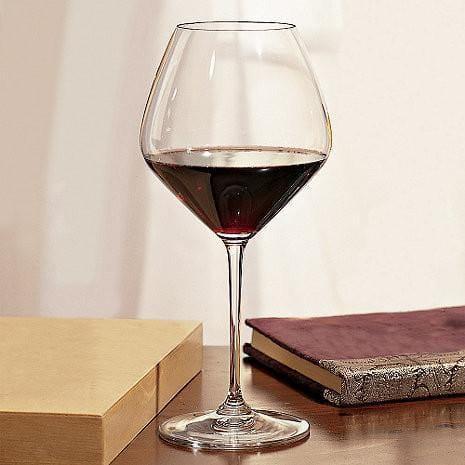
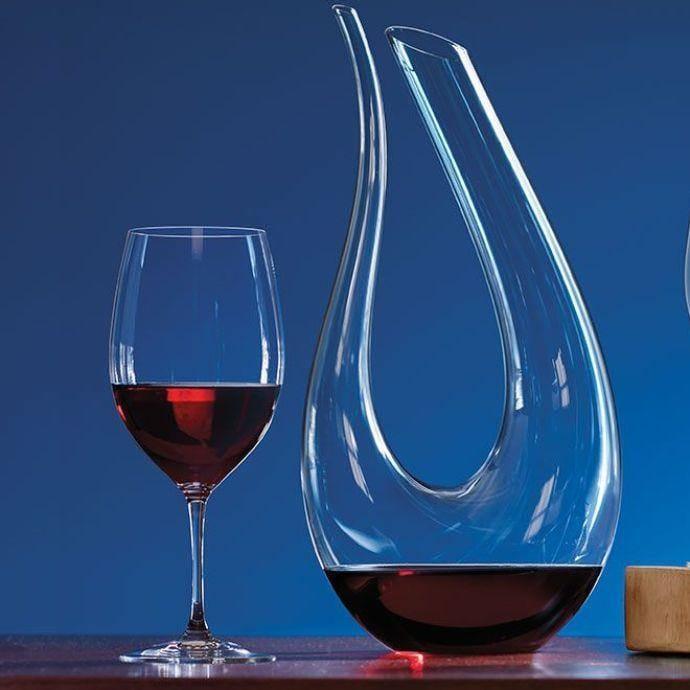
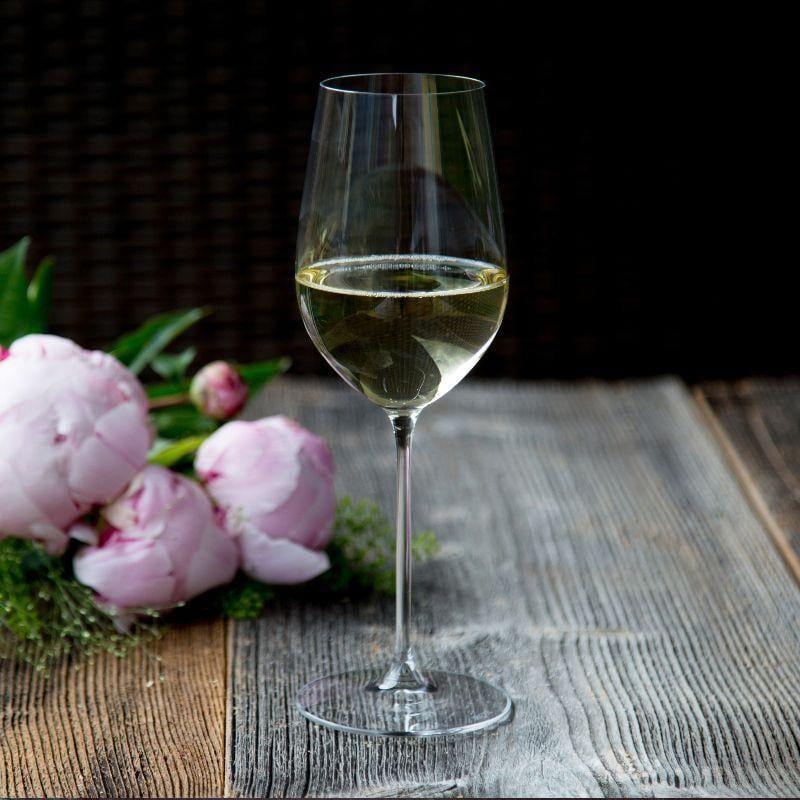
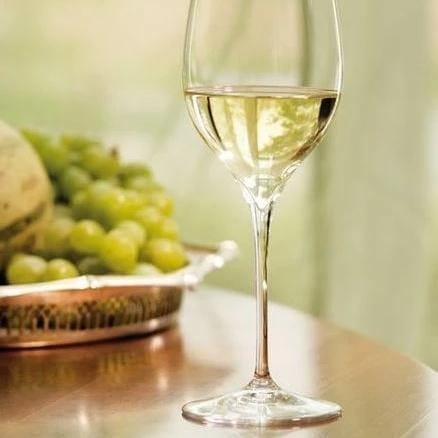
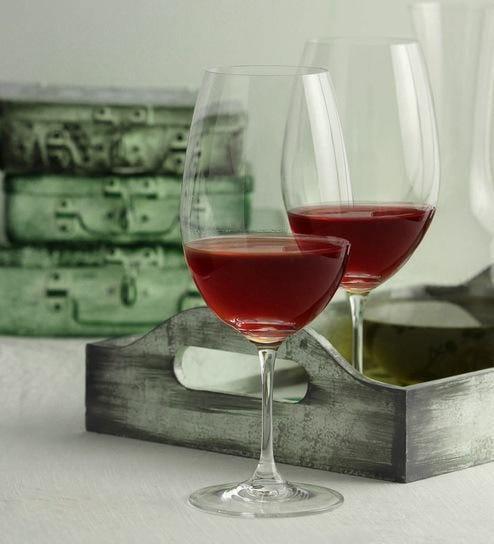
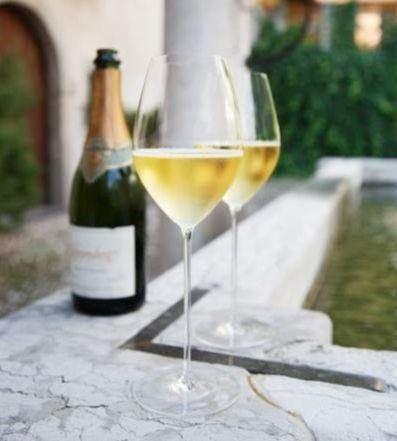
I found this blog very informative, Keep up the good work. Hotel Suppliers in Dubai, Repair Services, SEO Services UK.